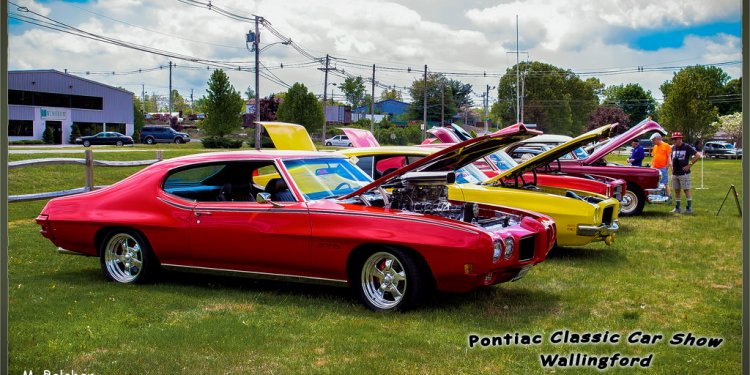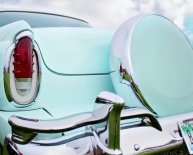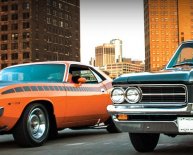
Online Classic car Insurance

This post is part of a series of insurance blogs on Safeco.com showcasing the expertise of independent insurance agents and aimed at helping you understand important insurance coverages and issues.
There’s the car you use every day. Then there’s the prized convertible or antique tin lizzie you roll out of the garage on sunny spring mornings and for summer day trips. You use them differently, and you can insure them differently – everyday car insurance for your everyday car and collector car insurance for your classic.
In fact, classic car insurance is typically your best bet to protect your investment. Not only is the policy designed to recognize that your pride and joy appreciates rather than depreciates in value, the pricing is generally lower than your typical auto policy, assuming you don’t use your classic car every day or even year-round.
Here are four ways a collector auto policy differs from a standard auto policy:
- Agreed Value
Restoration, customization, modifications – each antique car or collector car has taken a unique path from yesteryear to today. And, each has a unique value. A classic car insurance policy is built around that value. Using photos, repair logs, receipts and other documentation, you and your insurance carrier will agree on what that value is at the time you purchase the policy. If you experience a total loss due to a covered incident, you get a payout for that agreed value, minus any deductible.When a customer’s 1955 Chevrolet Bel Air was stolen, taken for a joy ride and destroyed, he was, needless to say, devastated. The car, which had been insured for an agreed value of $55, 000, was deemed a total loss. A check for the full value of $55, 000 (there was no deductible) was hand delivered to him, no questions asked, to compensate for the loss.
- Mileage Cap
Most insurers assume your vintage beauty isn’t on the road on a daily basis. In other words, you’re cruising, not commuting, in your classic. Hence most classic car policies have an annual mileage cap, allowing you to traverse the country lanes and city streets for a total of, say, 2, 500 or maybe even 5, 000 miles each year. This is part of what helps keep costs down for a classic car policy vs. a standard auto policy. However, if you’d like to enjoy your classic more often, many carriers allow for that, as well. A classic car policy with extended mileage may be available (this will increase your costs). Or, you may need to move to a standard auto policy (this will downgrade your coverage). - Off-Season Savings
You live for those sun-soaked days when you can drop the top and turn heads while rambling through town in your classic. But, when the weather takes a turn for the worse, you reluctantly winterize and store your vintage ride. Most carriers’ rates reflect this seasonality, and your independent insurance agent can help you transition your policy from usage rates to non-usage/storage rates, as needed. - Storage Stipulation
To take advantage of classic car coverage, you will likely need to keep your vehicle under lock and key in a secure garage or storage facility. If your piece of American muscle resides in your driveway, your carrier may not insure it under a classic policy.
Other stipulations will apply depending on the carrier. Typically a vehicle falls into the classic or antique category if it’s 20+ years old, restored to mint condition and at least somewhat rare, i.e. only a limited number of the particular body style were made. Some cars can qualify for the coverage at 10 years of age, however, and some modifications may be allowed, just not for racing. If your car is modified for the best time at the quarter mile, you may need to insure it through a specialized carrier.

















